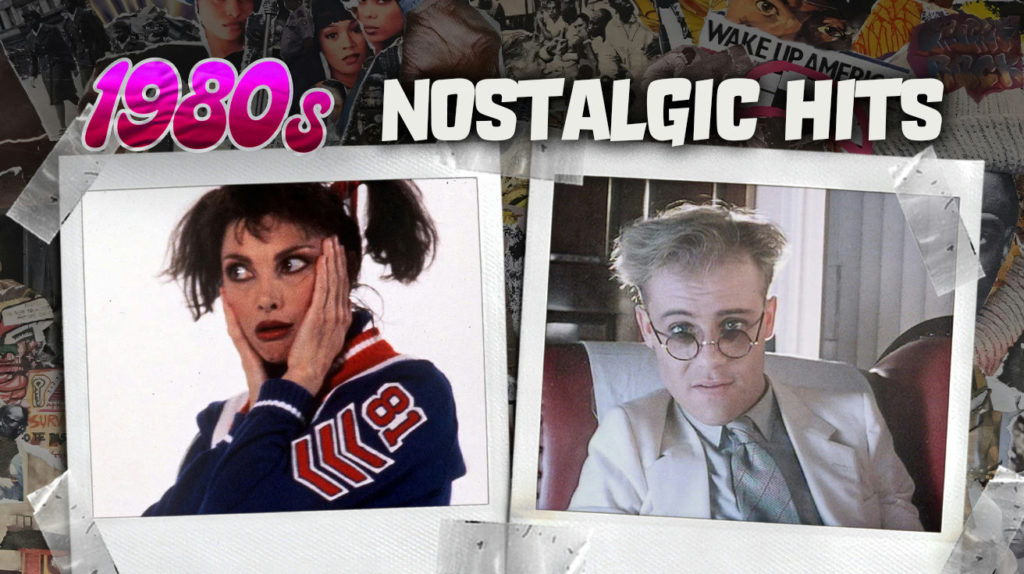
The 1980s were a neon-lit laboratory where music mutated into forms nobody saw coming. While established stars built empires, the one-hit wonder became the decade’s most fascinating specimen. These artists crashed through cultural barriers like meteors before disappearing back into the void. Their three-and-a-half-minute treasures became anthems for a generation figuring out its own identity crisis.
Time to revisit these sonic ghosts – not with rose-colored nostalgia glasses, but with the clear-eyed recognition that sometimes the artists pushed aside by history had more to say than the ones who stayed at the table. Each track here crystallized a moment, only to be frozen in amber while their creators were shown the industry’s revolving door.
10. Turning Japanese – The Vapors
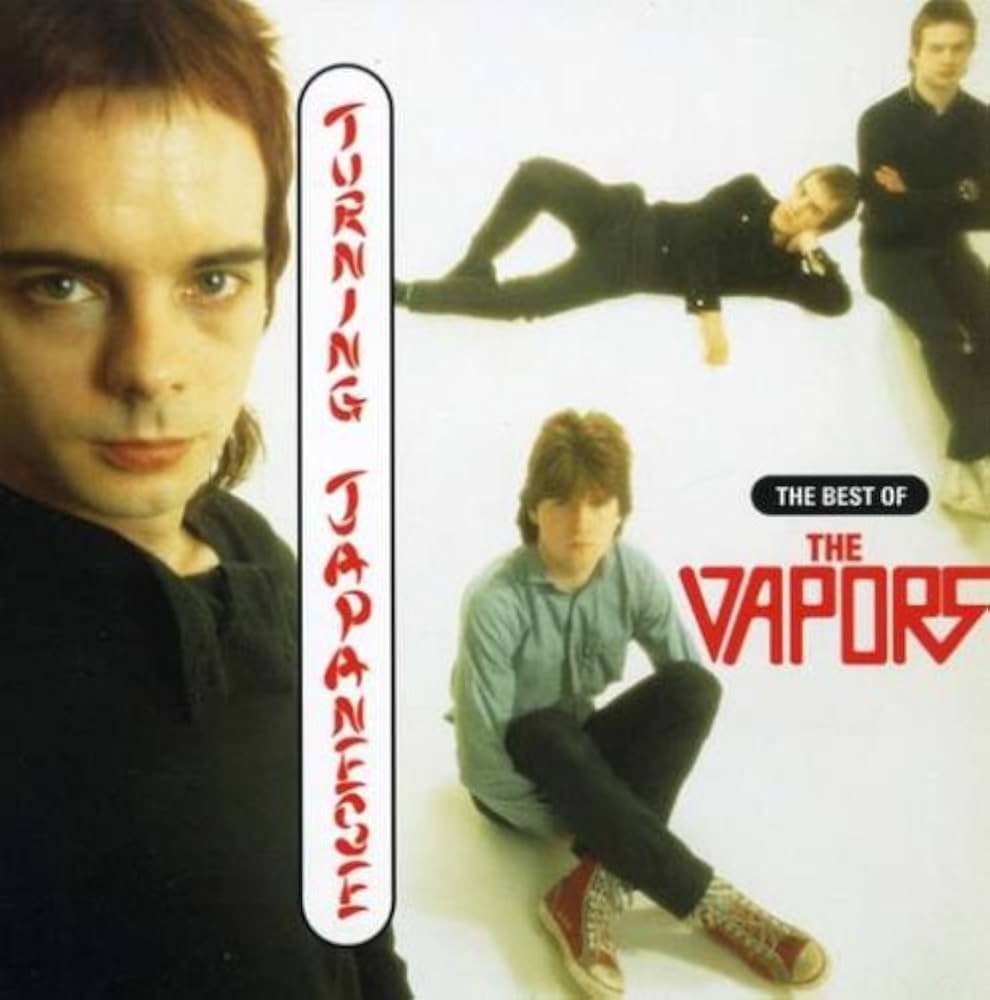
The Vapors cracked the code while punk was setting London ablaze. Their new wave calling card, Turning Japanese, released in January 1980, soared to number 3 in the UK while carrying a deceptive sonic smile that masked its alienation narrative. The Jam’s Bruce Foxton discovered them, but the industry machine couldn’t figure out what to do with a band refusing to fit neatly into either the punk box or the pop package.
The track’s jangling guitar hook slices through decades of dust, still sounding urgent today when most contemporaries sound like museum pieces. Their record company wanted another formula hit, but The Vapors evaporated instead, teaching an early lesson about an industry that wanted photocopies instead of evolution. For more hidden gems from that era, check out our most underrated songs of the 80s.
9. I Ran (So Far Away) – A Flock of Seagulls
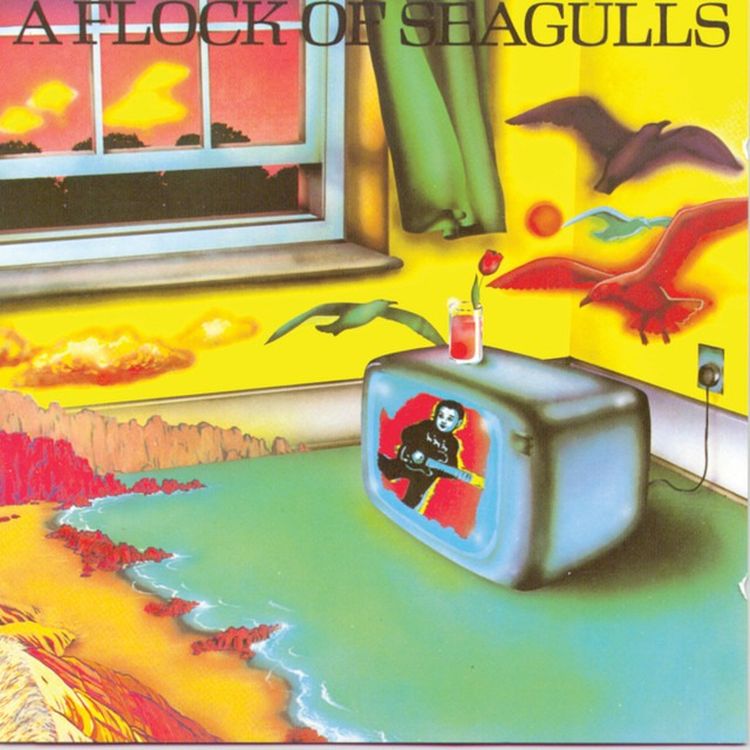
A band whose haircuts became as famous as their music emerged from Liverpool’s fertile scene. The quartet crafted I Ran (So Far Away), a sci-fi soundscape, in May 1982 that used effects-drenched guitars and swooping synths to create the perfect soundtrack for a generation raised on Star Wars. While most bands sang about relationships, A Flock of Seagulls built an entire alien abduction narrative that breached the US top 10 while making them MTV darlings and pop culture punchlines simultaneously.
Lead singer Mike Score’s waterfall hairdo became the visual shorthand for 80s excess, but that surface-level joke obscured a band that understood atmospheric production techniques better than most of their peers. Their space-age sound design created an immersive sonic world that sounds like nothing else from the era. The music industry’s fixation on their image over their musical innovation represents everything wrong with how creativity gets marketed – once you become a visual punchline, nobody listens.
8. Mickey – Toni Basil
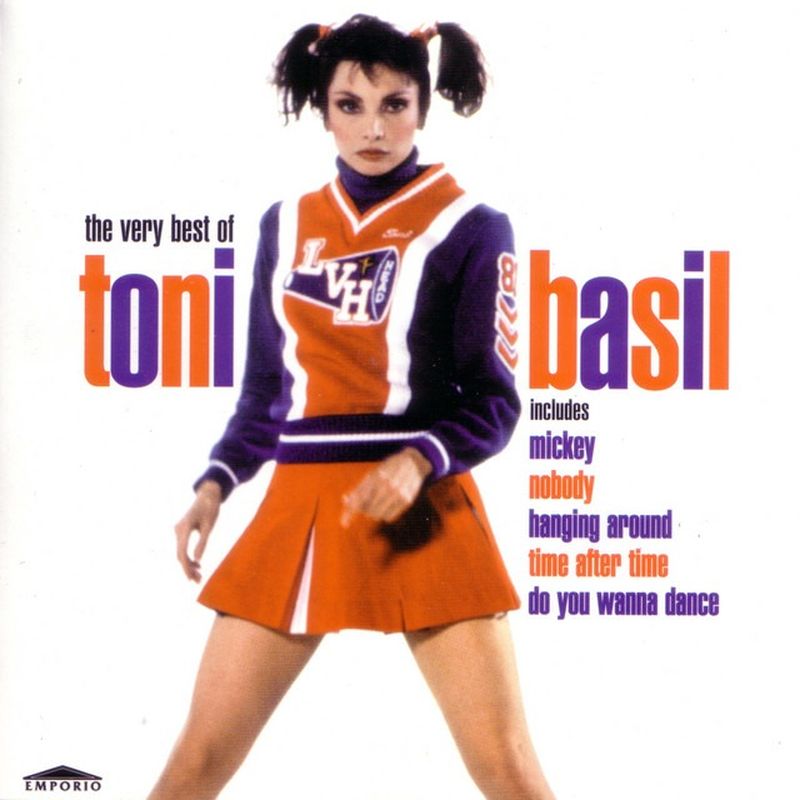
At 38 years old – ancient by female pop star standards – choreographer Toni Basil hijacked pop music by understanding something most male record executives didn’t: visual presentation wasn’t plain marketing – it was the future. She took a forgettable track called “Kitty” and transformed it into a cheerleader revolution called Mickey that dominated the Billboard summit in December 1982 through sheer kinetic energy and a video that understood MTV better than MTV itself.
Basil’s achievement looks even more radical now – a woman approaching 40 seizing control of her image and sound while the industry scratched its collective head. Her background in choreography for David Bowie and Talking Heads meant she understood spectacle in ways that left contemporaries in the dust. The industry couldn’t fathom what to do with a woman who was simultaneously creator, performer, and visual architect, so they filed her under “novelty” and moved on.
7. Come On Eileen – Dexys Midnight Runners
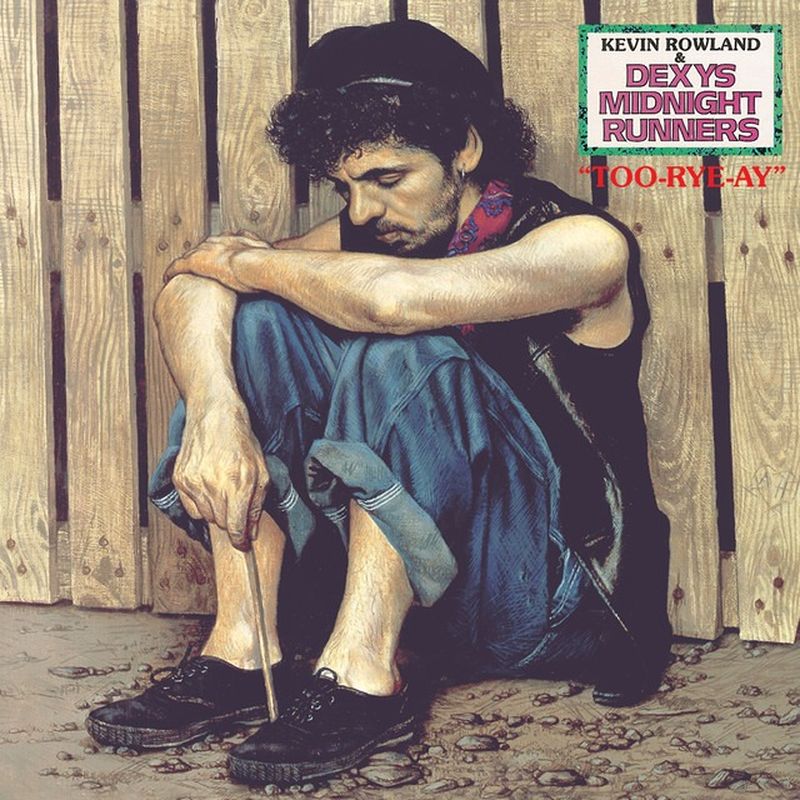
An Irish-English band of musical outlaws stormed the charts with denim overalls, workboots, and the most unlikely instrument combination in pop history. Kevin Rowland’s ragtag crew dethroned Michael Jackson’s “Billie Jean” in the UK after their June 1982 release, and later seized the US throne in April 1983, with a fiddle-driven Celtic soul explosion that defied every rule of what should work on radio. Their track, Come On Eileen, became an unlikely global smash.
Dexys continued making brilliant records that American radio programmers couldn’t comprehend, eventually becoming another casualty of an industry that demands repetition over evolution. The song’s popularity at weddings and parties isn’t merely about nostalgia – it’s about the raw communal energy it generates when a room full of people hit that “too-ra-loo-rye-ay” section together. If you’ve ever found yourself shouting along with complete strangers at 2am, you’re experiencing the rare communal power that makes this more than just a song.
6. Walking on Sunshine – Katrina & The Waves

Cambridge band Katrina & The Waves first recorded three minutes of pure pharmaceutical-grade joy in May 1983. While the original appeared on their debut album, it was the 1985 re-release of Walking on Sunshine that conquered charts worldwide. Guitarist Kimberly Rew almost abandoned the track for being too sweet – an ironic twist considering it would later make millions in commercial licensing deals precisely because nothing else delivers its particular emotional sugar rush.
The song sits like a wolf in sheep’s clothing – its sunshine exterior masks the fact that it’s actually a masterclass in rock construction, with a horn section that punches like a heavyweight and Katrina Leskanich’s vocals carrying more raw power than most metal singers could muster. Its persistent use in ads and films is because nothing created since has matched its particular chemical formula of endorphin-triggering sound.
5. Too Shy – Kajagoogoo
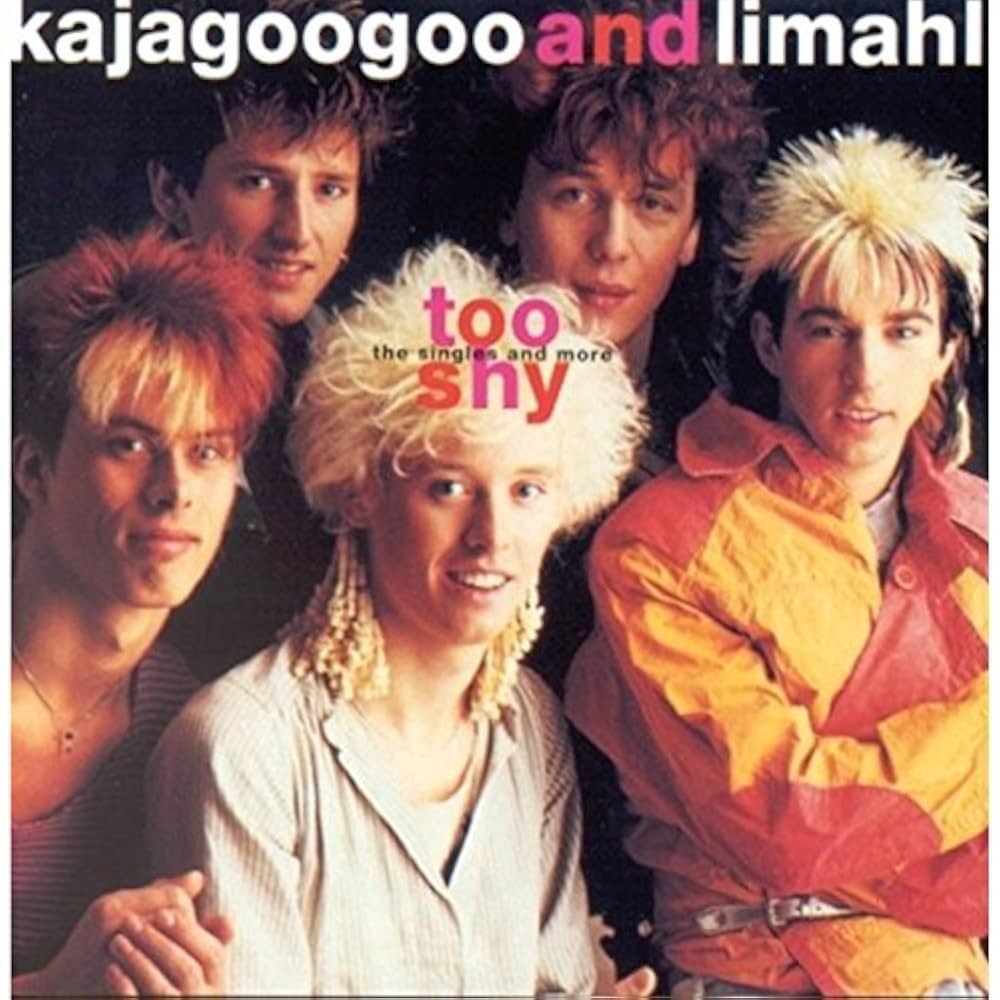
A British band with a ridiculous name emerged as serious songcraft masters. Discovered by Duran Duran’s Nick Rhodes, Kajagoogoo crafted the platonic ideal of early 80s synth-pop – sleek, immaculately produced, and fronted by a singer called Limahl sporting a mullet that defied both gravity and conventional hair wisdom. Their January 1983 debut single, Too Shy, captured the British crown and penetrated the US top 5, becoming an instant staple of the new romantic movement.
The song’s icy synth landscape and Limahl’s vulnerable vocal performance created a perfect snapshot of early-80s British new romanticism. The band promptly self-destructed when they fired Limahl at the height of their success, proving that even in pop music, workplace politics can derail momentum faster than bad songs. Their name may have become shorthand for 80s excess and disposable pop, but anyone who’s actually listened knows the track stands as a meticulous piece of songcraft.
4. 867-5309/Jenny – Tommy Tutone

Tommy Tutone’s 1981 power-pop missile might be the only hit single that created an infrastructural crisis. This deceptively simple track about a bathroom wall number broke into the top 5 and triggered a nationwide epidemic of prank calls that forced phone companies to retire the digits across multiple area codes. The song became a nationwide phenomenon almost overnight, with real consequences for anyone unlucky enough to have that number.
The band found themselves trapped in the amber of their accidental smash, forever known as “those 867-5309 guys” despite having other solid tracks in their arsenal. The song remains the perfect jukebox specimen – instantly recognizable from its first three notes, impossible not to sing along with, and carrying just enough narrative tension to feel like a three-minute movie. Try putting this song on at any party today and watch as everyone suddenly remembers a phone number that’s been disconnected for decades.
3. Take on Me – a-ha

The Norwegian trio’s global domination anthem, Take On Me, actually failed twice before conquering the world in October 1985. In an industry that rarely gives third chances, a-ha’s persistence resulted in one of the most groundbreaking audiovisual experiences of the decade. The fusion of Morten Harket’s impossible vocal range with an innovative rotoscoped video created a cultural moment that still stops conversations when it appears on screens in bars today.
While America filed them under “one-hit wonder,” the rest of the world knew better, giving them sustained success everywhere except the US. Their treatment highlights the American music industry’s notorious habit of discarding European acts after a single hit, regardless of quality. The track’s blend of synth hooks, acoustic elements, and that gravity-defying high note created a template countless bands have tried to recreate, but none have matched.
2. She Blinded Me With Science – Thomas Dolby
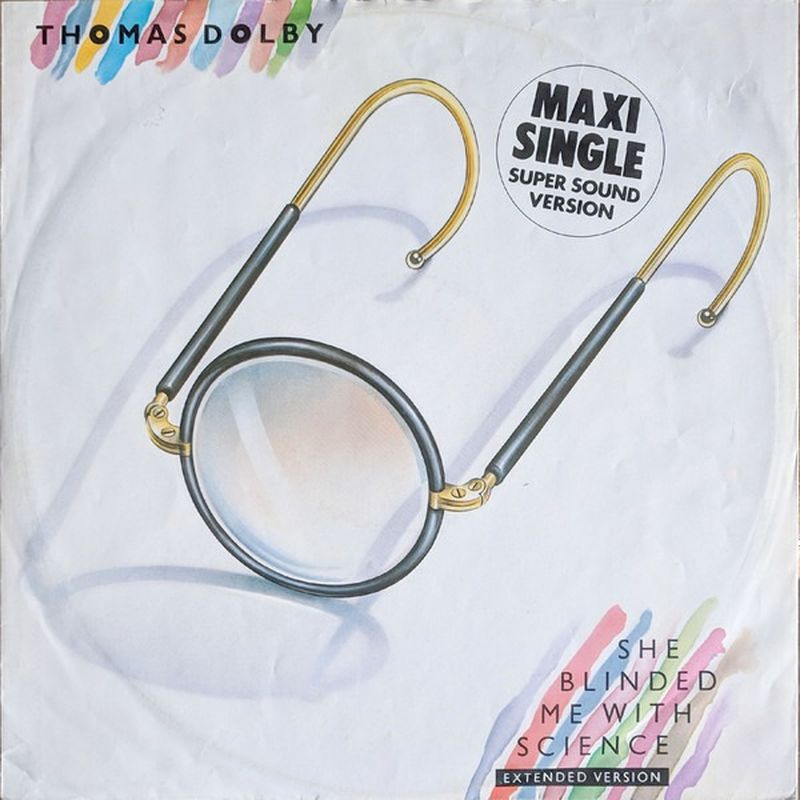
In a landscape where synth players were expected to be either pretty boys or arch art students, Thomas Dolby showed up as a mad professor with keyboards for test tubes. She Blinded Me With Science exploded like a chemistry experiment gone deliciously wrong after its October 1982 release, rocketing to #5 in America while leaving radio programmers scratching their heads about how to categorize this nerd rebellion anthem.
Dolby’s sonic laboratory featured real British scientist Magnus Pike shouting exclamations throughout, merging academia with pop in ways that predicted our current obsession with making science cool. The music industry failed him by wanting another science-themed hit instead of recognizing a restless creative mind that would later pioneer mobile technology. If you’re creating tech in Silicon Valley today, you’re building on foundations Dolby laid while the rest of us figured out cassette players.
1. Tainted Love – Soft Cell
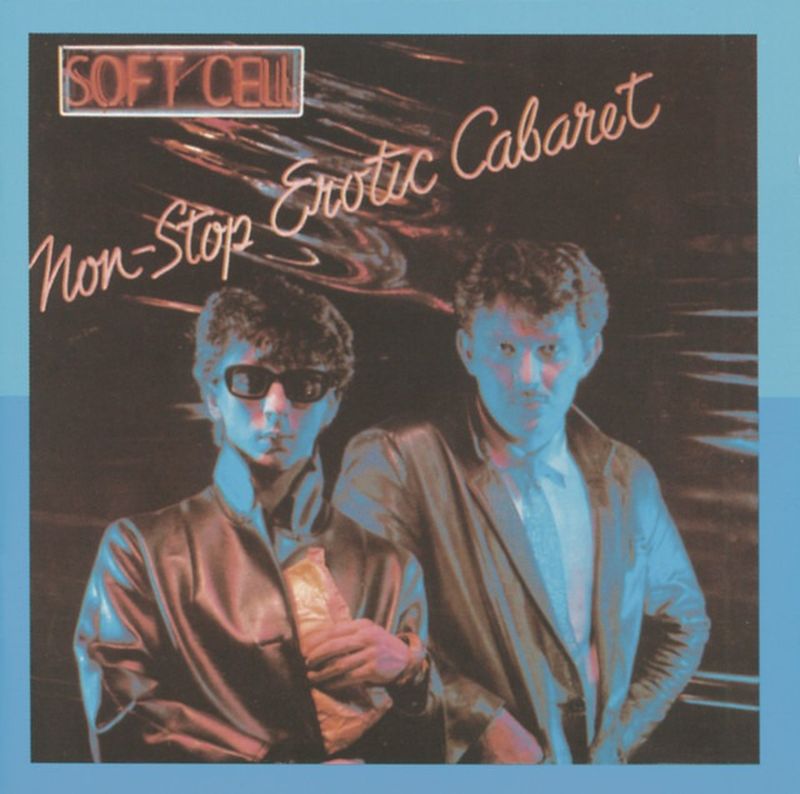
British synth duo Soft Cell rescued a forgotten Northern Soul track from obscurity and transformed it into a minimalist electronic masterpiece, Tainted Love, in July 1981. Marc Almond’s theatrical vocals and Dave Ball’s stark synthesizer created the perfect soundtrack for outsiders everywhere, catapulting to #8 in America while setting a then-record of 43 weeks on the Billboard Hot 100. Their dark electronic reimagining sounded like nothing else on radio.
The track’s hypnotic electronic pulse created a template for countless bedroom producers who realized they too could create dance music with minimal equipment. While America never embraced their subsequent work, they continued creating boundary-pushing music that explored themes of sexuality and alienation too raw for mainstream radio. Their refusal to water down their queer perspective for American tastes ultimately cost them commercial longevity but preserved their artistic integrity.





















